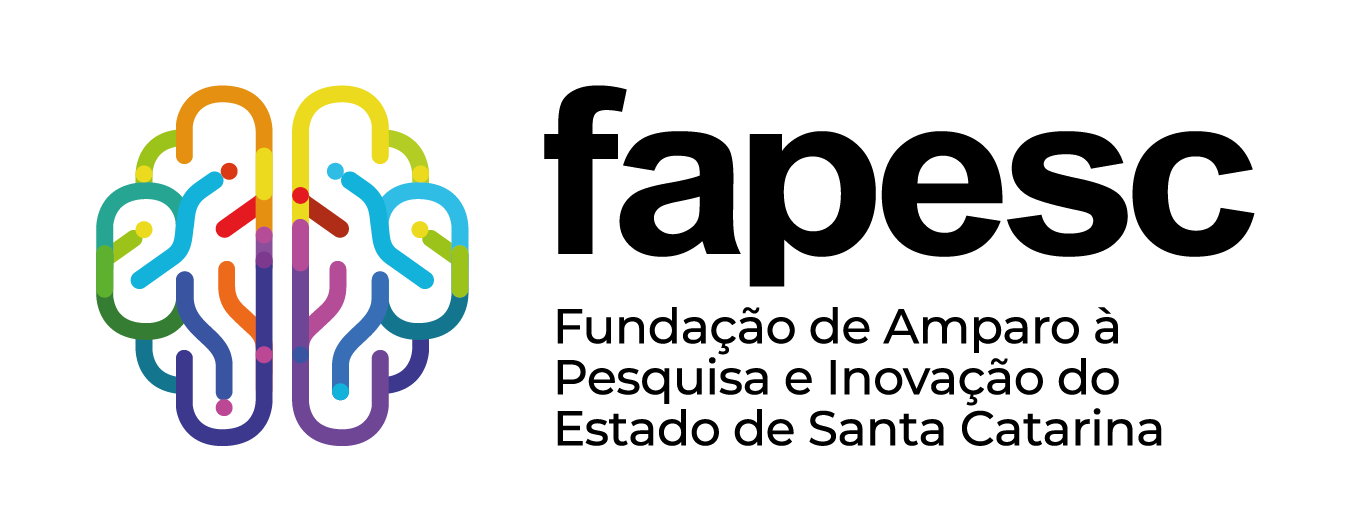Quantitative assessment and bioactivity of a periphytic biofilm from fish farming
DOI:
https://doi.org/10.5965/223811712022021175Keywords:
microbial aggregates, bioactivity, aquacultureAbstract
The objective of this work was to quantitatively analyze the cultivable microbiota in isolated periphyton of tilapia cultivation tanks with later prospecting for bioactive substances produced in the biofilm and resistance to the action of antibiotics. The standard plate counting method using the pour plate technique was used to quantify the cultivable heterotrophic bacteria (CHB) and the spread plate technique for fungi. The production of antimicrobial substances by the community and the susceptibility to broad-spectrum antibiotics were investigated, both through the agar diffusion technique. The periphyton sample showed 1.73x106 CFU/mL in relation to the count of total cultivable heterotrophic bacteria and 1.45x102 CFU/mL relative to the density of fungi. The periphytic biofilm showed antibacterial action against Gram-positive bacteria. The antibiotics chloramphenicol, tetracycline, and cephalothin were effective against the biofilm components. However, the community showed a profile of resistance to imipenem. Bacteria are the dominant components in periphytic biofilm compared to fungi, contributing to nutrient cycling and influencing the quality of cultivated water. Periphyton has biotechnological potential for antimicrobial action.
Downloads
References
ADNAN M et al. 2018. Significance and potential of marine microbial natural bioactive compounds against biofilms/biofouling: necessity for green chemistry. Peerj 6: 1-18.
APHA. 1998. American Public Health Association. Microbiological examination of water. In: EATON AD et al. Standard methods for the examination of water and wastewater. 20.ed. Washington: APHA.
ASADUZZAMAN M et al. 2009. Effects of addition of tilapia Oreochromis niloticus and substrates for periphyton developments on pond ecology and production in C/N-controlled freshwater prawn Macrobrachium rosenbergii farming systems. Aquaculture 287: 371-380.
BILLINGS N et al. 2015. Material properties of biofilms - a review of methods for understanding permeability and mechanics. Reports on Progress in Physics 78: 036601.
CLSI. 2010. Clinical and Laboratory Standards Institute. Performance Standards for Antimicrobial Susceptibility Testing. Twentieth Informational Supplement: Supplement M100-S20. Wayne: CLSI.
COSTERTON JW et al. 1994. Biofilms, the customized microniche. Journal of Bacteriology 176: 2137-2142.
CULLER HF. 2010. Formação de biofilmes por Escherichia coli enteropatogência atípica. Dissertação. (Mestrado em Biotecnologia). São Paulo: USP. 113p.
DANTAS LIS et al. 2012. Presença e isolamento de Staphylococcus aureus, Escherichia coli e Salmonella sp. provenientes de filés de tilápia (Oreochromis niloticus) comercializados no mercado modelo Nerival Araújo, Currais Novos/RN. In: VII congresso Norte Nordeste de pesquisa e inovação. Resumos… Palmas: CONNEPI. 8p.
DAVIES D. 2003. Understanding biofilm resistance to antibacterial agents. Nature Reviews Drug Discovery 2: 114-122.
DOWNES MP & ITO K. 2001. Compendium of methods for the microbiological examination of foods. APHA. 4.ed. Washington: American Public Health Association.
FLEMMING HC & WINGENDER J. 2010. The biofilm matrix. Nature Reviews Microbiology 8: 623-633.
GUTTMAN L. 2019. Periphyton For Biofiltration And Fish Feeding in An Integrated Multi-Trophic Aquaculture System: A Case Study in The Gulf of Aqaba. Open Access Journal Of Environmental & Soil Science 3: 413-418.
JAMES GA et al. 1995. Interspecies bacterial interactions in biofilms. Journal of Industrial Microbiology 15: 257-262.
LI Z et al. 2017. Microbial succession in biofilms growing on artificial substratum in subtropical freshwater aquaculture ponds. FEMS Microbiology Letters 364: 1-7.
YU E et al. 2016. Surface-attached and suspended bacterial community structure as affected by C/N ratios: relationship between bacteria and fish production. World Journal of Microbiology and Biotechnology 32: 1-9.
LARA G et al. 2017. The use of different aerators on Litopenaeus vannamei biofloc culture system: effects on water quality, shrimp growth and biofloc composition. Aquaculture International 25: 147-162.
MARTÍNEZ-CÓRDOVA LR et al. 2014. Microbial-based systems for aquaculture of fish and shrimp: an updated review. Reviews in Aquaculture 6: 1-18.
MATA MT et al. 2017. Production of diatom-bacteria biofilm isolated from Seriola lalandi cultures for aquaculture application. Aquaculture Research 48: 4308-4320.
ORTIZ-ESTRADA AM et al. 2020. Bacterial communities and predicted nitrogen metabolism of heterotrophic- and probiotic-based biofilms used for superintensive indoor shrimp culture. Aquaculture Research 52: 334-344.
RIBEIRO ALMS et al. 2009. Avaliação microbiológica da qualidade do pescado processado importado no estado do Rio de Janeiro. Revista Brasileira de Ciências Veterinárias 16: 109-112.
SILVA JLS et al. 2016. Aquatic microbiota diversity in the culture of Nile tilapia (Oreochromis niloticus) using bioflocs or periphyton: virulence factors and biofilm formation. Acta Scientiarum. Animal Sciences 38: 233-241.
STEWART PS 2002. Mechanism of antibiotic resistance in bacterial biofilms. International Journal of Medical Microbiology 292: 107-113.
TANT CJ et al. 2015. The role of aquatic fungi in transformations of organic matter mediated by nutrientes. Freshwater Biology 60: 1354-1363.
THOMPSON FL et al. 2002. Importance of biofilm for water quality and nourishment in intensive shrimp culture. Aquaculture 203: 263-278.
VERT M et al. 2012. Terminology for biorelated polymers and applications (IUPAC Recommendations 2012). Journal of Pure and Applied Chemistry 84: 377-410.
WESSELING W et al. 2015. Functionalised ceramic spawning tiles with probiotic Pseudoalteromonas biofilms designed for clownfish aquaculture. Aquaculture 446: 57-66.
WU Y. 2017. Periphyton: functions and application in environmental remediation. China: Elsevier.
XUE Z et al. 2012. Multiple Roles of Extracellular Polymeric Substances on Resistance of Biofilm and Detached Clusters. Environmental Science & Technology 46: 13212-13219.
YIN W et al. 2019. Biofilms: The Microbial "Protective Clothing" in Extreme Environments. International Journal of Molecular Sciences 20: 3423.
ZHANG J et al. 2016. Artificial substrates in zero-water-exchange culture system regulate the rearing performance of Pacific white shrimp Litopenaeus vannamei (Boone, 1931) under the winter indoor condition. Aquaculture Research 47: 91-100.
Downloads
Published
How to Cite
Issue
Section
License
Copyright (c) 2021 Authors & Revista de Ciências Agroveterinárias

This work is licensed under a Creative Commons Attribution-NonCommercial 4.0 International License.
Authors publishing in this journal are in agreement with the following terms:
a) Authors maintain the copyrights and concede to the journal the copyright for the first publication, according to Creative Commons Attribution Licence.
b) Authors have the authority to assume additional contracts with the content of the manuscript.
c) Authors may supply and distribute the manuscript published by this journal.






